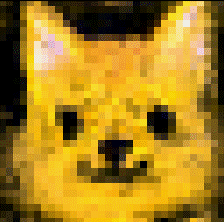Monash DeepNeuron Research
Neural Cellular Automata
Simulator
Experience the dynamics of Neural Cellular Automata in real-time.
Welcome to Neural Cellular Automata
We are a research project team under Monash DeepNeuron, exploring the potential of Neural Cellular Automata (NCA) for various applications. Our goal is to understand, simulate, and improve NCA models.
Explore More
Dive deep into the world of Neural Cellular Automata
